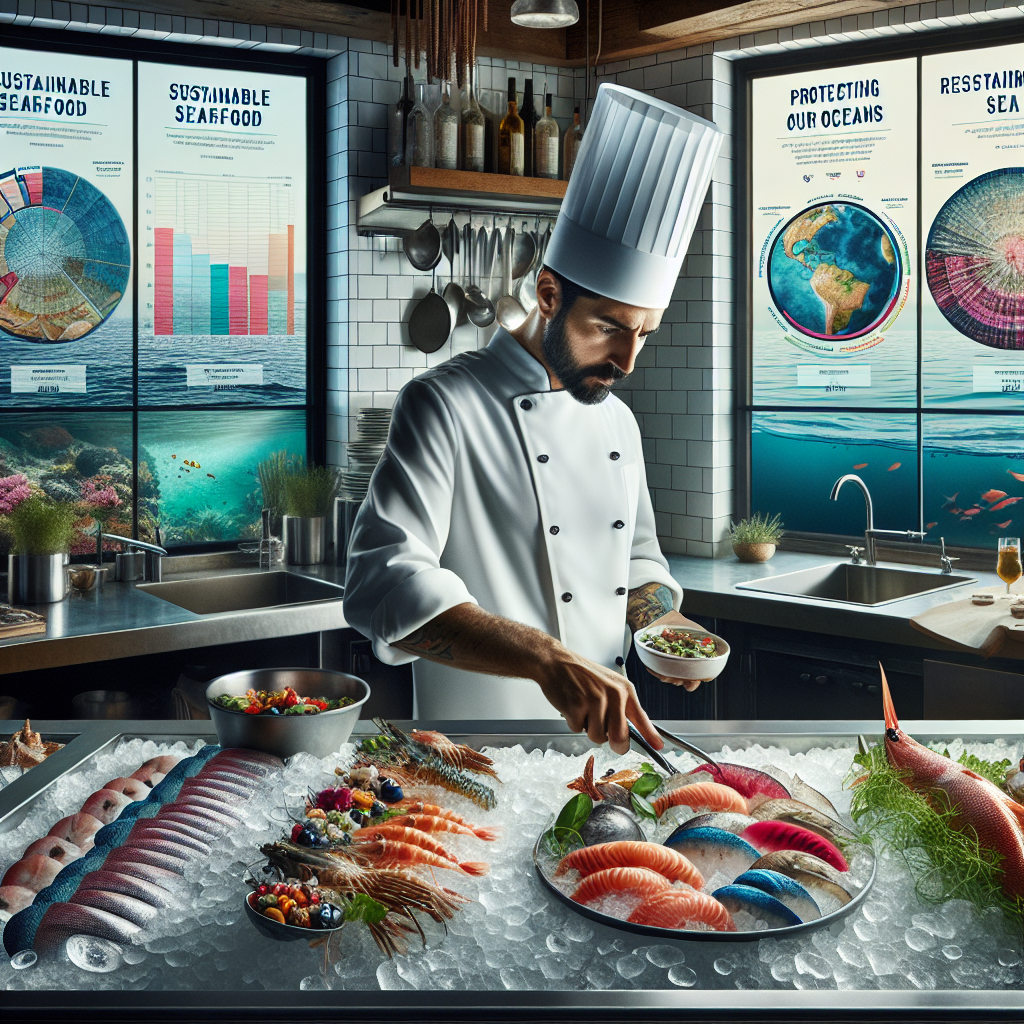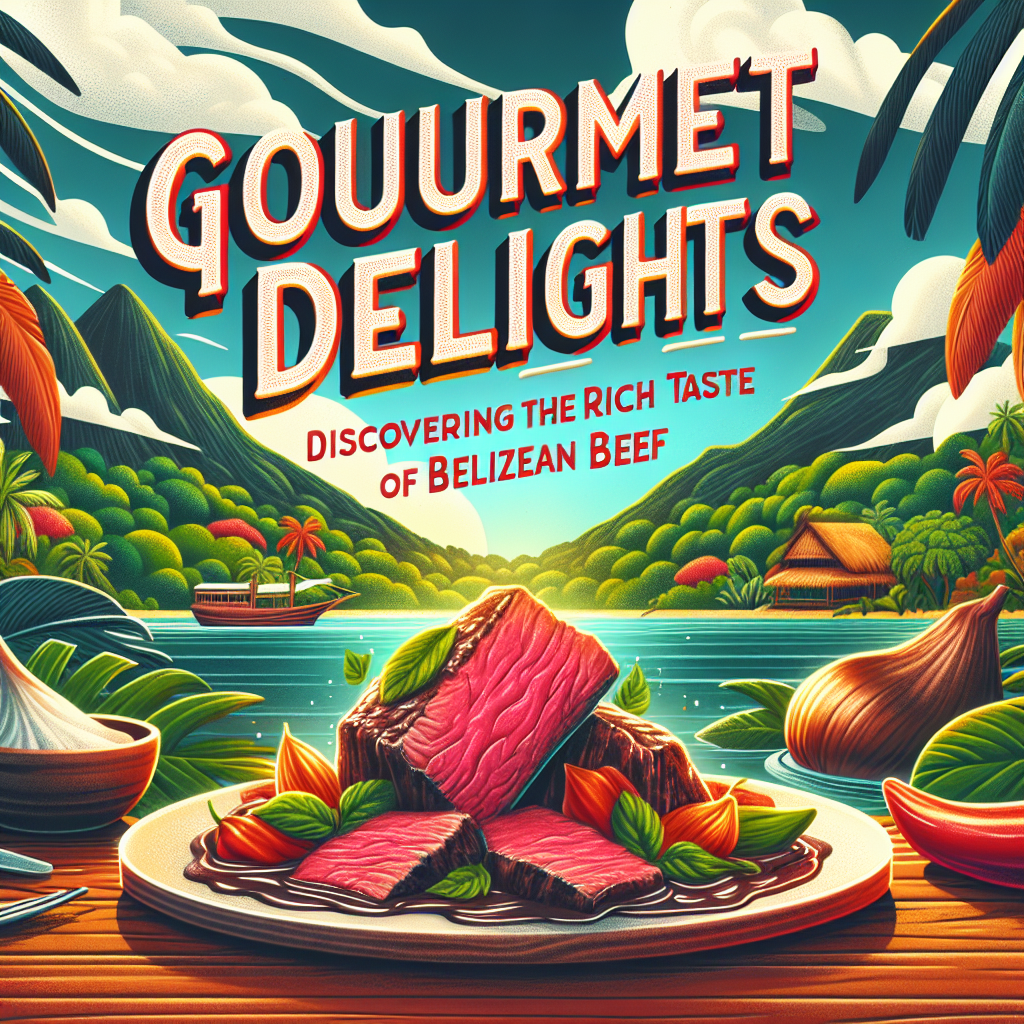
Sustainable Seafood: How Restaurants are Protecting Our Oceans
Title: Sustainable Seafood: How Restaurants are Protecting Our Oceans
Sustainable seafood has become a cornerstone of environmental responsibility, reflecting a growing consciousness about preserving the health of our oceans. With the alarming decline in marine biodiversity due to overfishing, pollution, and climate change, the role of restaurants in promoting sustainable seafood practices has never been more crucial. This article delves into how restaurants are leading the charge in the sustainable seafood movement, helping to safeguard our oceans for future generations.
The Necessity of Sustainable Seafood
Marine ecosystems are a vital part of the planet’s biological infrastructure. They provide food, support biodiversity, and contribute to climate regulation by storing carbon. However, according to the United Nations Food and Agriculture Organization, approximately 34% of global fish stocks were overfished in 2017, a sharp increase from 10% in 1974. This alarming statistic underscores the urgent need for sustainable practices.
How Restaurants are Making a Difference
Embracing Certifications and Standards
Many restaurants are now committed to sourcing their seafood from suppliers that adhere to recognized sustainability standards, such as the Marine Stewardship Council (MSC) or the Aquaculture Stewardship Council (ASC). These certifications ensure that seafood is responsibly harvested, with minimal negative impact on ecosystems and a commitment to stock replenishment.
Reducing the Carbon Footprint
Sustainable seafood sourcing often goes hand-in-hand with reducing a restaurant’s carbon footprint. By focusing on locally sourced and seasonal fish, restaurants minimize the environmental impact of transporting seafood over long distances. This practice not only makes ecological sense but also supports local fishermen and economies.
Educating Consumers
Restaurants are playing an educational role by informing consumers about the importance of choosing sustainable seafood. Menus now often include detailed information about the origin and sustainability of their dishes. Additionally, some establishments host events and workshops to teach patrons about responsible seafood choices and the importance of marine conservation.
Collaborating with Conservation Organizations
Partnerships with marine conservation organizations are common among sustainability-focused restaurants. These collaborations provide valuable insights and resources to improve seafood sourcing practices and participate in campaigns and initiatives aimed at promoting ocean health.
Innovating with Alternative Ingredients
To alleviate the pressure on overfished species, some restaurants are exploring alternative ingredients, such as sea plants or invasive species. By incorporating these sustainability-friendly options into their offerings, chefs not only protect vulnerable fish populations but also introduce diners to new, exciting flavors.
Challenges and the Way Forward
Despite the progress, the journey toward universal sustainable seafood practices is fraught with challenges. Variability in sustainability standards, the cost of certification, and consumer preference for popular but overfished species all pose significant obstacles.
However, the increasing consumer demand for responsible dining options and the growing awareness among restaurateurs signal a positive trend. With continued advocacy and innovation, the restaurant industry can substantially contribute to the sustainable seafood movement.
Conclusion
The engagement of restaurants in sustainable seafood practices represents a significant step towards the protection of our oceans. By making conscientious choices, they not only help preserve marine biodiversity but also inspire consumers to consider the ecological implications of their dining habits. As sustainable seafood becomes the norm, restaurants will continue to play a vital role in securing a healthy future for our oceans and the myriad forms of life they support.



